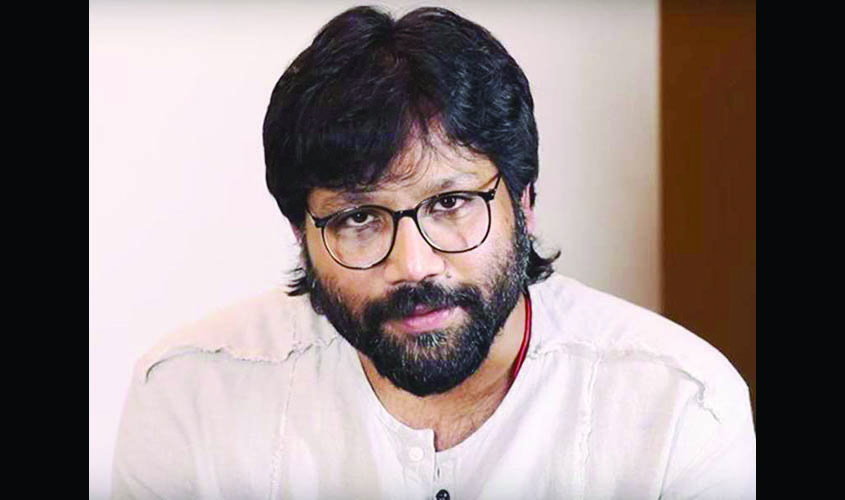An artwork shouldn’t be judged on the basis of its creator’s conduct. But Kabir Singh’s director, Sandeep Reddy Vanga, with his recent defence of a slap scene in the film, has made it very difficult for us to sustain the illusion that the art and the artist are separate. With his comments, Vanga has done more harm than good to his film, but he has also shown us how a film might directly reflect its maker’s sensibility.
Vanga, in an interview with Film Companion, said, “When you’re deeply in love, deeply connected with a woman and vice versa, there’s a lot of honesty in it. And if you don’t have that physical demonstration of…if you don’t have the liberty of slapping each other, then I don’t see anything there.”
He went on to say that the people who are criticising his film, and who have reservations about the behaviour of its “heartbroken” male lead, have themselves never experienced “true” love. He said, “I feel that they were never in love, probably they’ve never experienced it in the right way.”
What is appalling here is that the director, while outrightly rejecting all differing views and counterarguments to his film, is rooting for a deeply problematic approach to love and relationships. On top of it, he is expecting us, the audiences, to believe in the moral legitimacy of the world he has created in Kabir Singh.
The film clearly objectifies its woman character and portrays her as a sub-individual who lacks agency. For Vanga to have created such a character isn’t the real problem. It is the fact that he is brazen in his defence of this view of women, as happened in the infamous interview. On the other hand, he finds the male character hugely relatable.
A particular sequence in the movie where Kabir wants Preeti, the female lead, to befriend another girl who is supposedly “fat” and like a “teddy bear”, especially reeks of insensitivity. This scene has been heavily criticised not just by reviewers but by the audiences, too. It would have been the easy way out for Vanga to accept that Kabir is a flawed character, and it would have been a respectable position. However, Vanga went on the offensive. “I could clearly see they [critics] don’t understand the difference between description and objectifying. If somebody’s fat, you call him fat. That’s describing. If I talk about his pectoral muscles, that is objectifying,” he said.
He further said, “If you don’t understand these basics and call yourself a critic, that’s very sad. I feel these guys, not piracy, are a threat to the industry…”
My contention is that both in his film and during the interview, Vanga has tried to normalise abuse and aggressive behaviour. In the interview, he said, “Intimidation has its own charm. Did you feel Preeti felt threatened when he was kissing? Why didn’t she slap him? And she slaps him a lot without a reason. Kabir has a reason to slap.”
The film has already been panned by critics for its misogynistic portrayal of a relationship. But Vanga makes the film and its protagonist appear more problematic by being overtly sympathetic to him. Vanga’s weak and crass defences only come across as a by-product of a culture that fosters antiquated notions of masculinity and perpetuates the weak woman stereotype. Unfortunately, most people still subscribe to such views. It is no surprise that the film is a sweeping box-office success.

